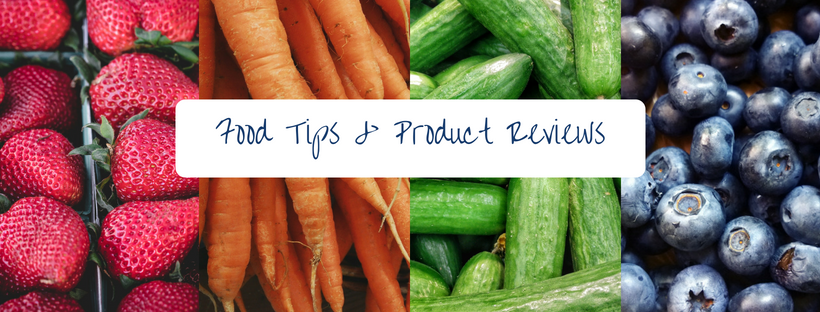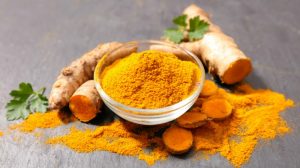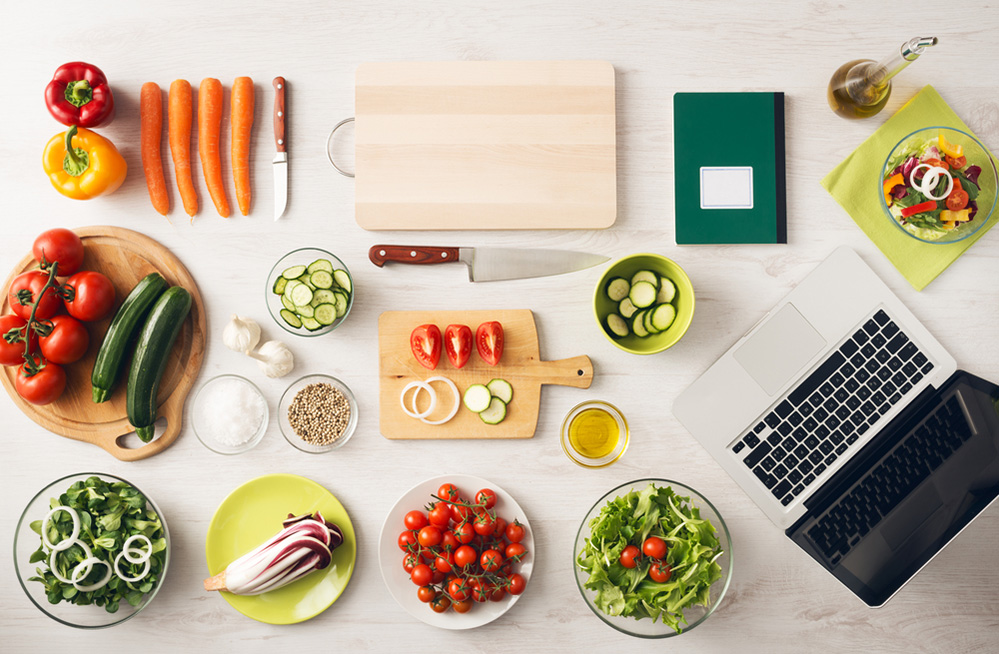Shrimp is one of those foods that intimidate beginner cooks.
Perhaps it’s the fact that shrimp, as all seafood, needs special considerations to stay fresh and delicious. Maybe it’s the fact that shrimp, just all seafood, isn’t prepared as easily as fish. It could also be that most of us have experienced seafood poisoning at least once in our lives.
Regardless of the why, if you’re worried about cooking or even just reheating shrimp don’t worry. You’re not alone. I will share with you 4 easy ways for how to reheat shrimp.
Latest Hot Topic Article: Check out this list of 10 best cookware for glass top stoves if you're looking for new pots and pans for your kitchen.
How To Reheat Shrimp?

It’s precisely because people are so intimidated by this delicious and nutritious food that it often goes straight to the trash whenever there are leftovers, since everyone knows shrimp can’t be reheated.
…Right?
Wrong!
Not only can shrimp be reheated but it’s very easy to do this without any risk of food born illnesses. It’s all about doing it the right way.
#1. Reheating Shrimps in the Microwave

This is the easiest and fastest way of reheating shrimp but it’s also the one that’s more likely to overcook it. Still, it’s worth mentioning it because, chances are, this is the method you’ll use the most:
Step 1: On a microwave safe plate or bowl, try to arrange the shrimps on a single layer.
Step 2: Add a small splash of water.
Step 3: Cover the dish with plastic wrap, a lid or even another microwave safe plate.
Step 4: Using the high heat setting, microwave your shrimp for one or two minutes. Take one out and check to see if they’re hot enough. If not, microwave it again.
Step 5: Once the shrimp is hot enough, remove it from the microwave and let it cool until it’s safe to eat.
#2. Reheating Shrimps by Steaming

This is a wonderful way of reheating shrimp if you want to prevent loss of flavor. This method is also quite versatile, and it will work with almost every kind of shrimp, except for those who have been breaded.
Step 1: Fill a pot with water and place your steamer insert in it.
Step 2: Arrange the shrimp so that it doesn’t touch the water, trying not to pile them up too high.
Step 3: Bring the water to a boil and let them cook until you can smell them.
- If you don’t have a steamer insert don’t worry, you can always use a strainer, a bowl or even skewer sticks to achieve this.
#3. Reheating Shrimps in the Oven

If your shrimp is breaded, covered with coconut or other dried ingredients, reheating them in the oven is the best way to preserve their crunch, as it will keep them from getting soggy.
Step 1: Preheat your oven to 300 degrees.
Step 2: Loosely wrap your shrimp with aluminum foil.
Step 3: Arrange your shrimp on an oven tray, on a single layer.
Step 4: Place your shrimp in the convectional oven and cook them for 15 minutes.
Step 5: Check the progress and keep cooking if the shrimp needs it.
- If the shrimp isn’t crispy enough for your taste, simply loosen the foil so that the shrimp vents.
- If you have an air fryer, consider using it instead of the oven, as this method is not only faster but guarantees crispy results.
#4. Reheating Shrimps in a Skillet

This is a fantastic way of reheating shrimp that hasn’t been breaded, as well as reheating shrimp that’s on its own.
Step 1: Heat up a skillet or a frying pan until it’s evenly hot.
Step 2: Add enough oil to lightly cover the skillet. We recommend using liquid oil instead of spray oil.
Step 3: Add the shrimp, spreading it evenly through the pan in a single layer.
Step 4: Cook the shrimp for two to three minutes.
Step 5: Flip and cook for two to three minutes.
- This is a very fast method of reheating so make sure to keep an eye on your shrimp to avoid overcooking.
And if those methods aren’t good enough for you, don’t worry!
You can always eat them cold.
Shrimp cocktail is delicious, but there’s more you can do with them: You can sprinkle them on salads, chop them and mix them with mayo to make a spread. Use a processor to turn them into shrimp paste and so on.
Mexican-Style Shrimp Cocktail - How to Make a Mexican-Style Seafood Cocktail
In Conclusion

As you might’ve noticed, these 4 reheating methods assume that you’re reheating shrimp alone and not as part of a different recipe.
If you’re reheating recipes that contain shrimp, such as shrimp scampi, use the recipe as an example. If you’re reheating shrimp soup, reheat it as soup. If it’s pasta? Reheat it as pasta.
As simple as that!
Do you know a better way of reheating shrimp? Have you tried any of the ones listed here? Let us know in the comments!
Thank you for reading, don’t forget to share this article if you found it useful.



As I read through this post on Reheat Prawns, I can’t help but be amazed at all the fascinating details I’m learning. Each new fact makes me even more excited to learn more about this topic. You’ve written so well that I feel like I could actually understand reheat prawns now!
Well-written article!
I recently tried all of your suggested methods and found most of them to work well. But I’m not a real fan of the microwave — for some reheatings. My preferred method for reheating any breaded and unbreaded seafood, is in the oven. With coatings, I lay a wet paper towel inside the foil, under the item to be reheated (not wrapping) and then seal the foil. Then, I loosen the foil when the item begins to steam and is almost hot, and continue to bake for a few additional minutes. This helps the seafood to regain it’s crispiness, during the last few minutes of baking, With the wet paper towel, you’re essentially steaming and not overcooking the item. On unbreaded seafood, no paper towel is used. Instead, I add 2 tablespoons of chicken broth to the foil, before wrapping, and use YOUR suggested baking method. The same thing is done when reheating any pre-cooked meats, and great results is received.
If ever pressed for time, I do reheat “unbreaded” seafood (and meats) in a microwave, I place the item in a dish and cover it with a dampened paper towel. The dish is then covered with plastic wrap, with a few vent holes poked on the top. Reheating is done at 1/2 power, in 30 second intervals until hot. Half-power yields gradual heating, without overcooking. Again, I find the dampened paper towel to help prevent overcooking to a dry and rubbery texture. It also helps to retain the item’s natural juices.